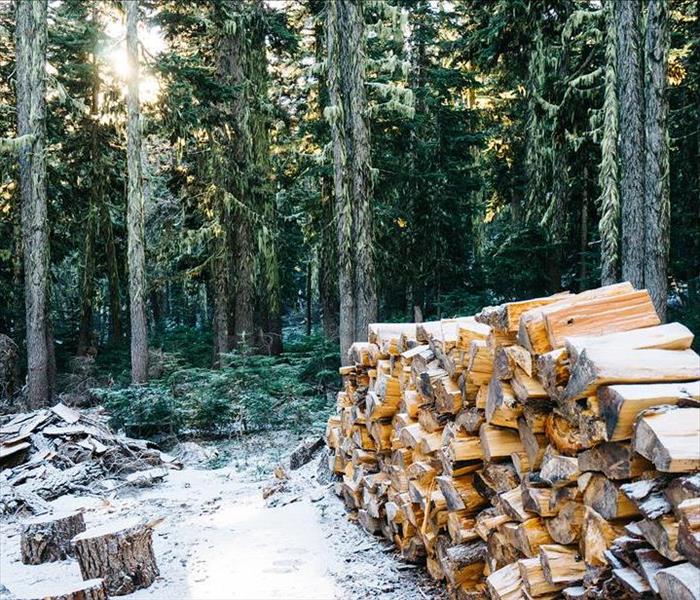Keep Safe While You Are Keeping Warm This Winter
1/7/2016 (Permalink)
The winter season is in full swing! The days are shorter and the temperatures are lower. No matter where you live, winter brings a change in the weather. In an effort to keep our homes and workplaces cozy, many people use alternative heat sources like fireplaces, portable space heaters, and wood burning stoves.
According to the National Fire Protection Association, heating equipment is responsible for an estimated $893 million in property damage annually. Heating is the second leading cause of residential fire deaths, making it important to review ways to help reduce the risk of a heating-related fire.
50% of all residential heating-related fires are reported during the months of December, January & February
Here are 7 quick tips to make sure you keep safe while you keep warm this winter:
1. Keep anything flammable at least three feet away from heating equipment, like the furnace, fireplace, wood stove, or a portable space heater. Have a three foot “kid-free zone” around open fires and space heaters.
2. Remember to turn portable heaters off when leaving the room or going to bed.
3. Always use the right kind of fuel, specified by the manufacturer, for fuel burning space heaters.
4. Make sure the fireplace has a sturdy screen to stop sparks from flying into the room. Ashes should be cool before putting them in a metal container. Keep the container a safe distance away from your home.
5. Have heating equipment and chimneys cleaned and inspected every year by a qualified professional.
6. Have a qualified professional install stationary space heating equipment, water heaters or central heating equipment according to the local codes and manufacturer’s instructions.
7. Test smoke alarms monthly.





 24/7 Emergency Service
24/7 Emergency Service
